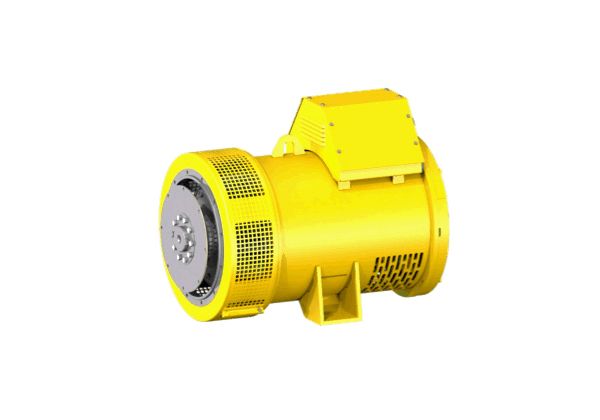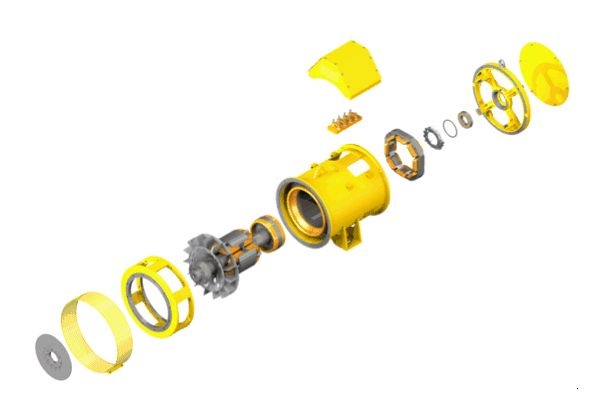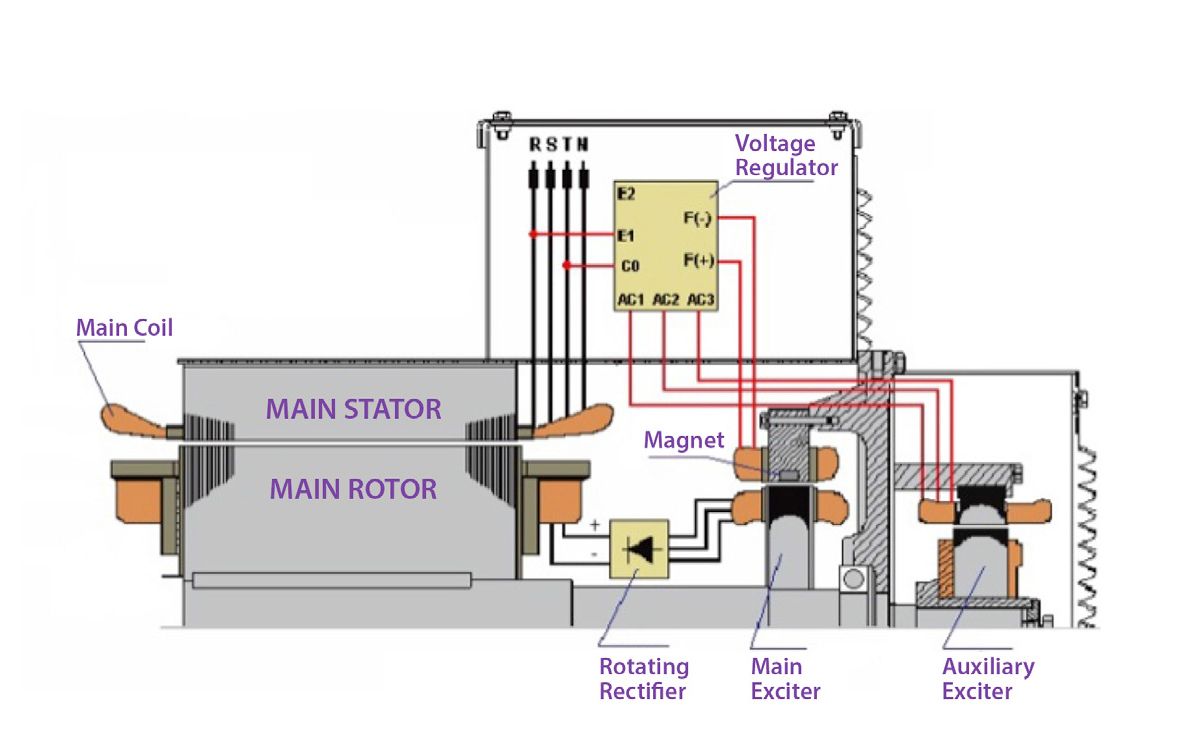

Sign In
Welcome! Sign In to personalize your Cat.com experience
If you already have an existing account with another Cat App, you can use the same account to sign in here
Register Now
One Account. All of Cat.
Your Caterpillar account is the single account you use to log in to select services and applications we offer. Shop for parts and machines online, manage your fleet, go mobile, and more.
Account Information
Site Settings
Security
Auxiliary Coil Excitation (PMG-I)
Roger Rosborough
Market Development Consultant
Caterpillar (NI) Limited
Electric Power Product Group
April 2015
ABSTRACT
Cat® generator sets assembled at the Caterpillar facility in Piracicaba, Brazil, known as Power Systems Brazil (PSB), use alternators that feature an auxiliary coil (or auxiliary winding) and permanent magnets in the exciter stator.
This provides the benefits of an alternator fitted with a Permanent Magnet Generator (PMG), within the same physical envelope of a self-excited alternator. This includes the capability of sustaining a 300 percent, short-circuit current and not needing to flash the alternator following extended periods of inactivity.
OVERVIEW
In terms of excitation for brushless-type alternators, a distinction has been drawn in the past between PMG and non-PMG alternators. For Cat generator sets produced by PSB, the standard alternator features an auxiliary coil (or auxiliary winding) and magnets in the main exciter stator. This excitation system has been called PMG-I (PMG-Initiated), due to its similar performance to a traditional PMG.




The auxiliary winding is responsible for providing independent power to the voltage regulator under all types of load. This way, load application, rejection or any other variation will not impact the power input for the voltage regulator. The auxiliary winding ensures 300 percent sustained short-circuit current for 10 seconds.
PMGs are also responsible for providing the necessary level of residual voltage that initiates voltage build-up at start-up. In the PSB-produced Cat generator sets, the magnets are embedded in the main exciter stator and generate at least 100V versus an estimate of up to 15V on a non-PMG alternator. This ensures the Brazilian Cat generator sets do not need to be flashed to create a magnetic field after extended storage or periods of inactivity.
The PMG-I benefits compared to non-PMG alternators include:
• Better motor starting capabilities.
• Superior performance under loads with high total harmonic distortion.
• Increased performance under load variations.
• 300 percent sustained short-circuit current.
• Guaranteed voltage build-up at start-up.
PMG-I benefits compared to traditional PMG alternators are:
• Shorter envelope (see comparison), which saves space and installation costs.
• Fewer components for maintenance and to drive cost.
• Easier access to the diodes bridge for monitoring and maintenance.
The following diagrams provide a comparison of a PMG-I alternator (left) and an alternator with traditional PMG (right).



